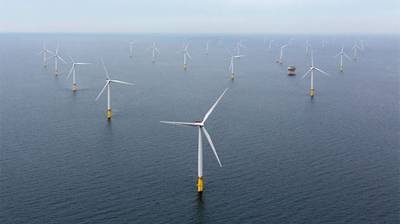Siemens Gamesa Says Affected by COVID-19, but Long-Term Prospects Sound
Wind turbines maker and service provider Siemens Gamesa has said its January-March quarter performance was affected by the COVID-19 pandemic on its operations and commercial activity, but assured that the long-term prospects for the industry and the company remain sound.
Siemens Gamesa said that the pandemic had a direct impact of €56mn on the company's profitability.
"This complicated situation further intensified the challenges in the onshore business, mainly in the Indian market and the execution of projects in Northern Europe," Siemens Gamesa said, adding that in the offshore business, it had to extend periods for maintenance teams working at sea.
Siemens Gamesa said that while the lack of short-term predictability has led the company to withdraw the guidance it issued in the first quarter of 2020, the long-term prospects for the industry and Siemens Gamesa remain sound.
Renewables Key in Economic Recovery
"The company registered a record order backlog of €28.6bn (+21% YoY) and is well-positioned to take advantage of sector growth outlook thanks to its geographical diversification and leadership in technology. According to the International Energy Agency, renewables will account for two-thirds of total capacity installed by 2040, with a sustained level of installations averaging 57 GW per year," Siemens Gamesa said.
Markus Tacke, CEO of Siemens Gamesa, called for a green recovery: “We are experiencing a situation without precedent that has changed our lives in just weeks. Siemens Gamesa considers that the renewables industry must play a key role in the economic recovery to move towards a sustainable energy model that generates quality jobs. It is in our hands to avoid another crisis: the climate crisis.”
The company's offshore order intake in the last twelve months increased by 56% YoY to 2,879 MW. In the second quarter, the company signed a preferred supplier agreement with Ørsted for the Borkum Riffgrund 3 (900 MW) and Gode Wind 3 (242 MW) wind farms, raising the conditional pipeline to 10.7 GW.

